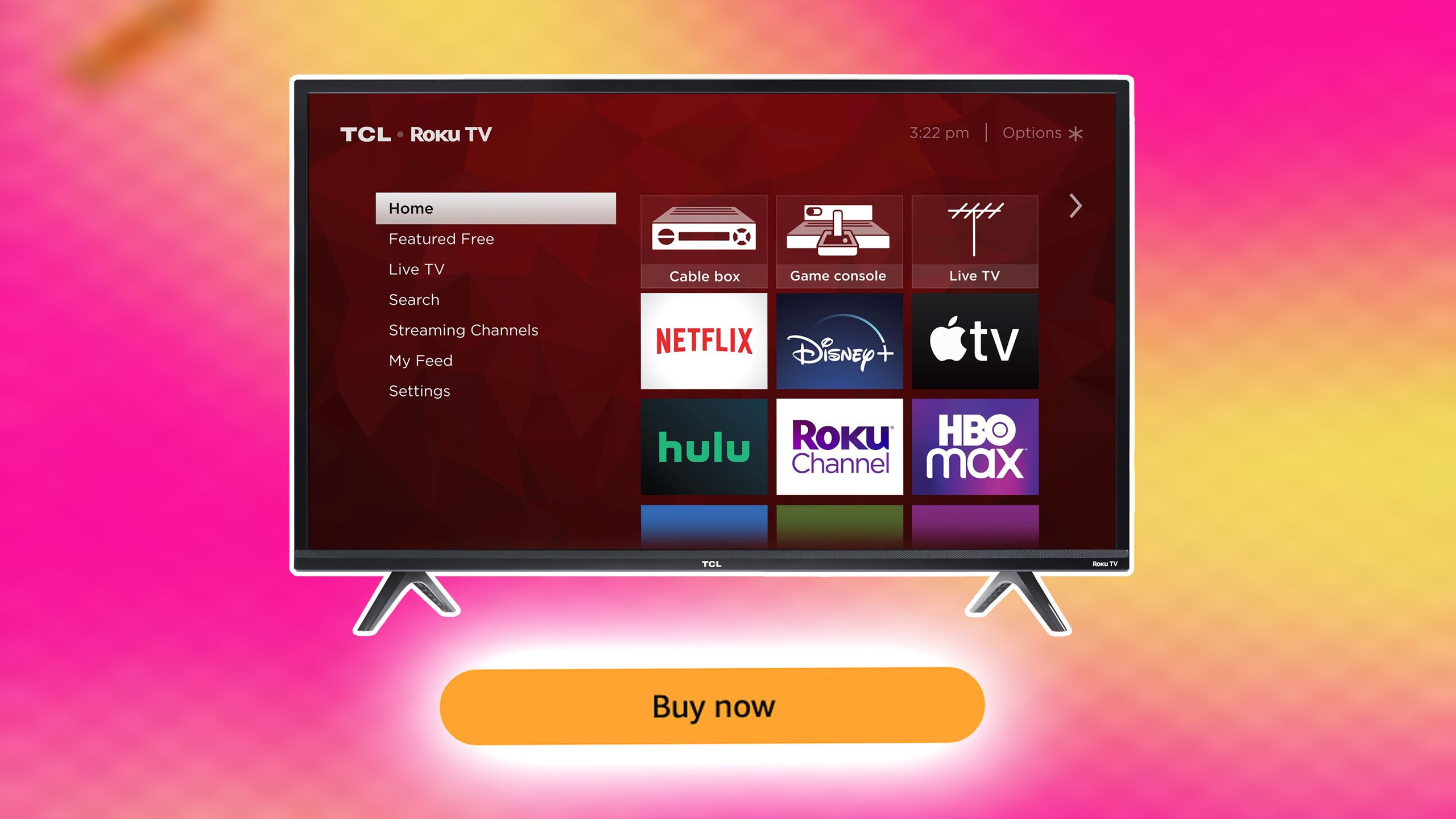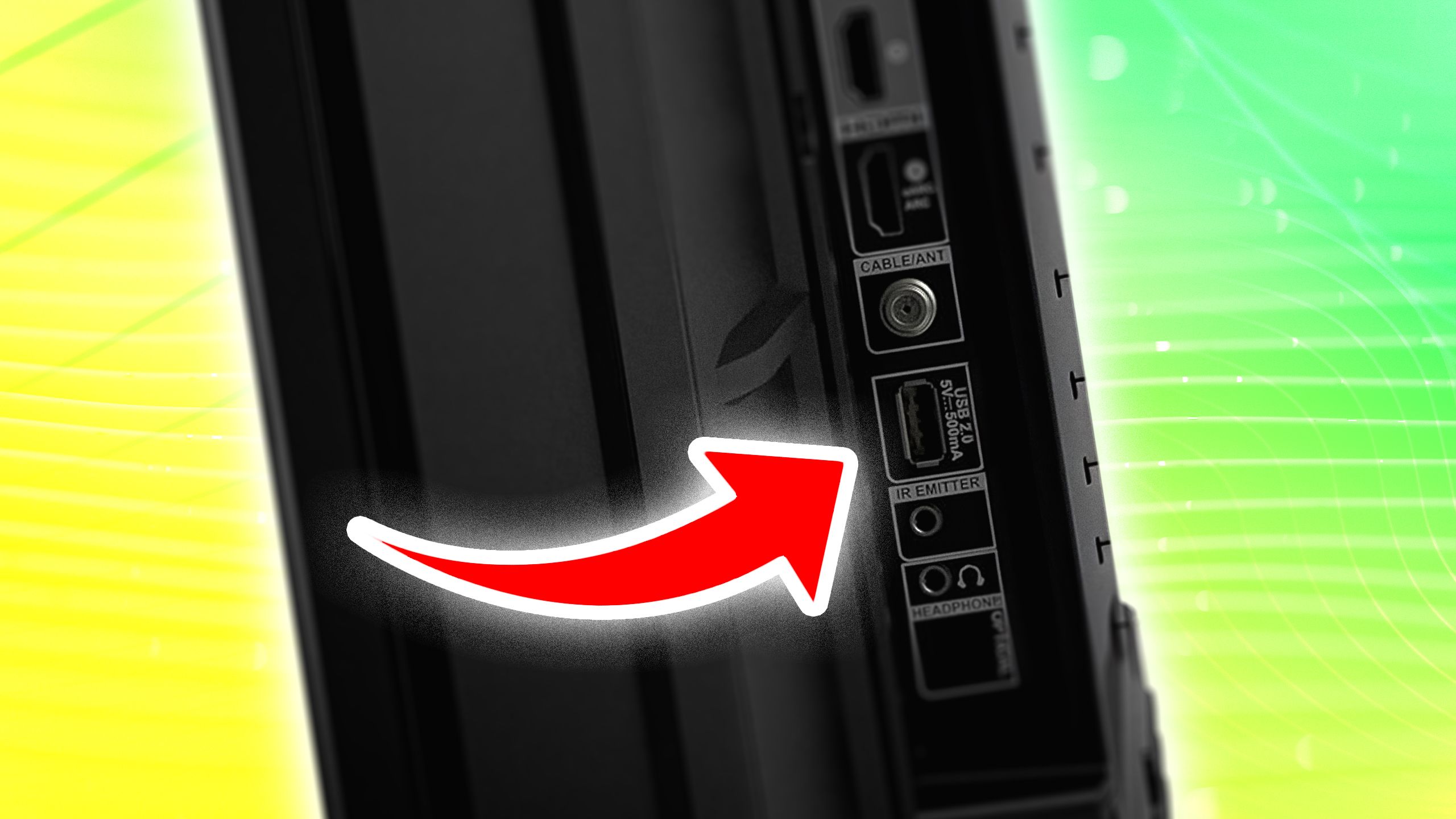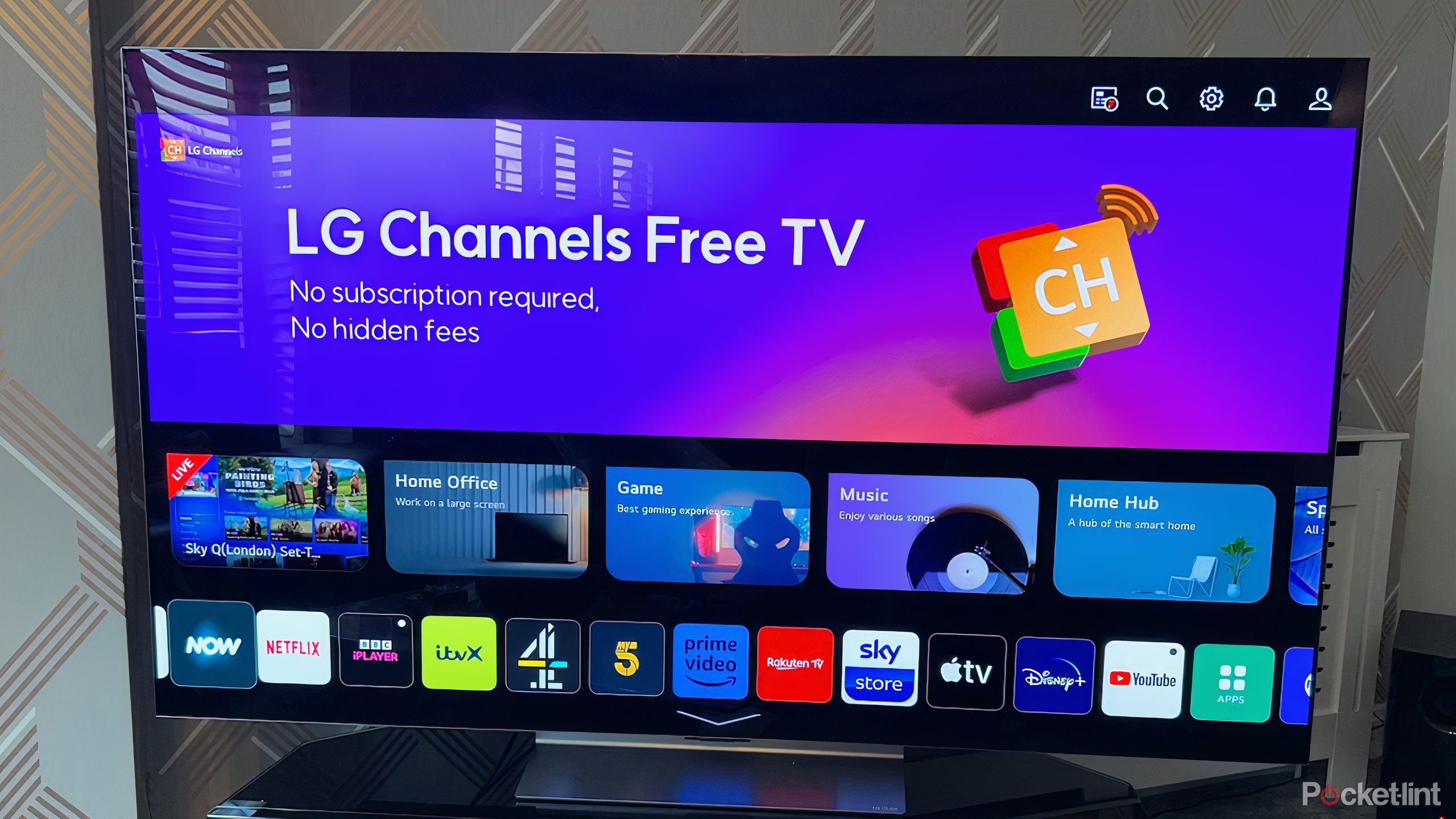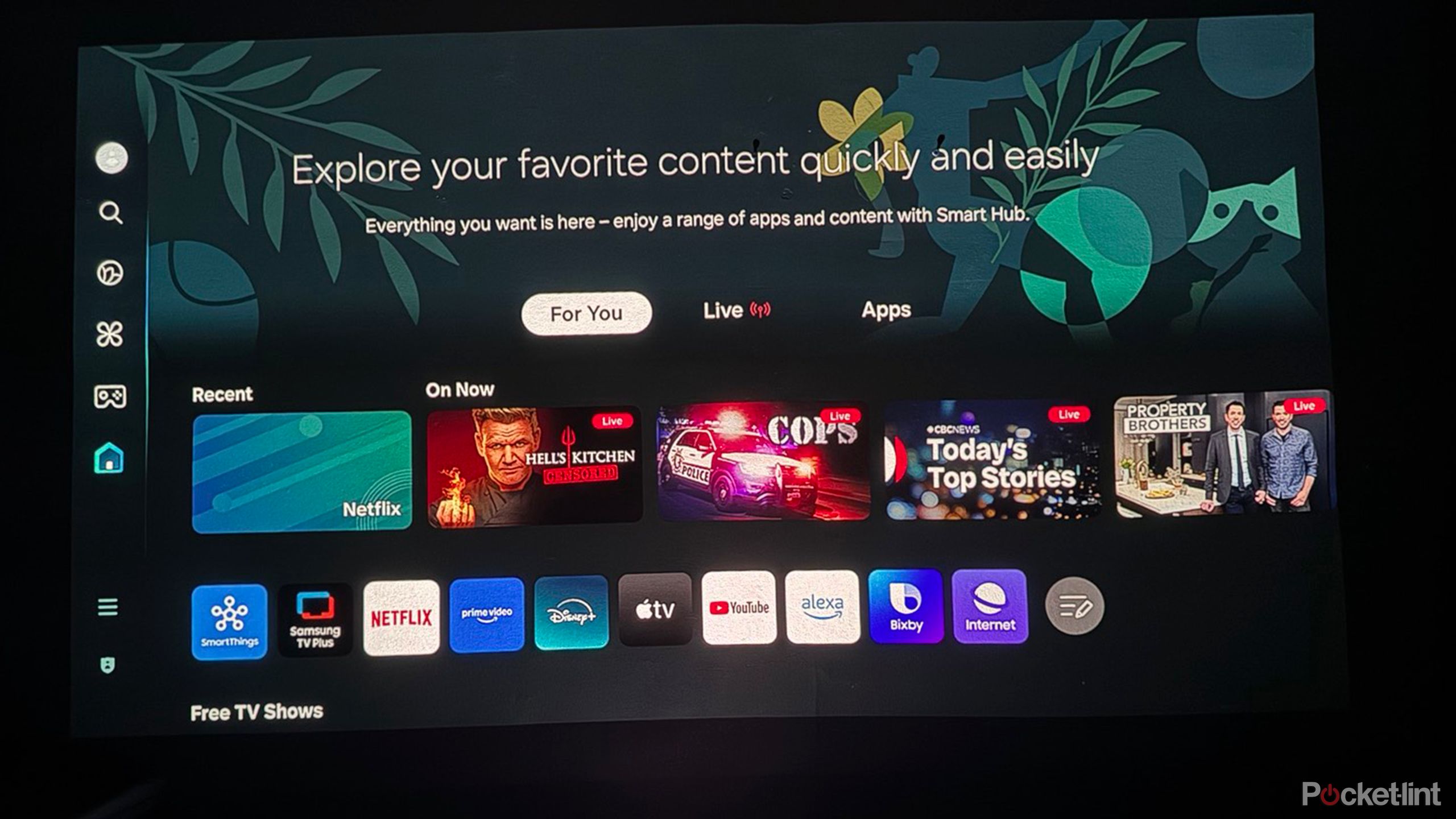Summary
- Seek out native resolution of FHD or 4K with HDR support for quality image.
- Projectors will built-in smart systems allow for more media consumption and versatility.
- Only purchase from trusted brands, and be cautious of super-cheap options.
The right projector can completely transform your home entertainment experience. With the ability to toggle screen sizes, you can enjoy an intimate viewing of your favorite show or an immersive watch of a blockbuster movie. You may be able to move around your projector, allowing you to watch in different rooms or even outside. A worthy projector can offer convenience in myriad ways, including easy setup, discrete placement, and access to apps, streaming services, and online gaming.
Just like buying a smart TV, however, investing in a projector requires some research and patience. Here’s everything you should consider when investing in a new projector, as well as what you should avoid.

Related
I test projectors for a living and this one made me feel like I was living in the future
Samsung’s versatile projector creates an immersive experience anywhere you desire.
1
Resolution and high dynamic range
Prioritizing realistic image quality
Video quality is perhaps the most important aspect of a good home projector. You’ll want to opt for one that has at least Full HD resolution if you’re looking for casual enjoyment, while a 4K projector can act as your central entertainment hub at home, replacing a smart TV if need be. Since most people enjoy titles that are sourced in FHD or 4K, you’ll want a projector that complements the current standards.
When looking at resolution, be sure you’re checking native resolution. Some models support 4K, or FHD, which means they will accept these sources but then downscale the quality to fit the hardware of the projector. Your projector’s native resolution will feature an image aligned with your expectations with any downscaling.
Support for High Dynamic Range (HDR) is also preferred. This video setting basically allows the image to change and adapt based on what’s going on. Instead of a static brightness, contrast, and color setting throughout a particular title, the image will adjust in order to provide a more detailed and realistic vision. While you may not have access to the top HDR formats available, basic HDR will be preferable to Standard Dynamic Range (SDR), a dated technology.

Related
The real difference between HDR, HDR10+, and Dolby Vision
High Dynamic Range improves your TV’s image quality, but competing formats make shopping around confusing.
2
Brightness is a vital standard
Investigate lumens to determine your usage
Brightness plays a huge role in not only how much you enjoy your projector, but also where and when you can enjoy it. A projector with low brightness will require you to use it in a dark room without much ambient light, which means you may have limited options as to which room you can enjoy it in and what time of day as well. It can also limit what you watch, as shows with darker settings, requiring better brightness and associated contrast, may be hard to discern.
Seek out ANSI lumens to determine brightness and compare models. Be mindful of projectors advertising “lux,” which is a measurement of lumens per square meter. ANSI lumen is objective and standard while lux can be influenced by the environment, making it an untrustworthy marker.
Meanwhile, a brighter projector gives you more options; you may be able to use it during the day or even outside. You’ll want at least 2,000 ANSI lumens to enjoy in a room with some ambient light. Closer to 3,000 ANSI lumens will give the most versatility, allowing you to enjoy the projector in the daylight and outdoors as the sun goes down.

Before you splurge on an outdoor TV, consider these 5 important factors
Watching TV outside can seem like a lot of fun, but a TV made for the outdoor elements comes with some compromise.
3
Purchase from reliable brands
Company name and pricing indicates trust
When it comes to price, while you should certainly shop within your budget, be wary of projectors that seem just a bit too cheap. There are plenty of lesser-quality models floating around, advertised with a bunch of different abbreviations and supposed features. The project market is far more saturated with off-brand models and poorly-made items that aren’t worth investing in whatsoever.
Because the market is flooded with cheap options, stay away from strange names and companies that don’t seem to have a big online presence.
It’s best to shop from trusted brands. Because the market is flooded with cheap options, stay away from strange names and companies that don’t seem to have a big online presence. It’s not worth the price, however low.

The hidden cost of buying a super-cheap smart TV
Watch out for TVs with very low price tags; there are lots of ways you’ll pay for it later.
4
Take note of projector technology
Competing innovations offer differing results
How the image is produced will significantly influence its quality, usage, and longevity. The two preferred technologies are Digital Light Processing (DLP) and Liquid Crystal on Silicone (LCoS). DLP tech employs a spinning color wheel and myriad mirrors to produce an image with impressive contrast and sharpness. Quality contrast is imperative in a projector; it influences brightness, color accuracy, and your ability to discern details in darker scenes. These types of projectors are also suitable for gaming and watching shows with lots of action, including live sports.
LCoS is used in higher-end projectors, and features superior contrast and terrific black levels, providing a more authentic visual experience that rivals quality smart TVs. However, they tend to produce lower brightness levels, making them more suited to dark rooms.

Related
The projector vs. TV question finally has an answer
Increased personalization and convenience means a projector can better suit your lifestyle.
5
Smart operating system and inputs
Enjoy streaming services and online gaming
You’ll want to consider how you’re going to get access to entertainment, whether that’s being able to log into your favorite streaming services and apps or connecting a console or player. Some newer and higher-end projectors feature built-in smart systems, essentially replicating a smart TV’s usage. With these projectors, you have a hub from which to navigate, allowing you to jump from Netflix to Amazon Prime and anything else you want to watch. Tizen from Samsung, LG’s webOS, and Google TV are among the smart operating systems you’ll find on various projectors.
If you’re looking for a less expensive model, you may not have the option of an OS. In that case, you’ll want to consider outputs. An HDMI port will allow you to connect some streaming sticks, provided there’s a USB port available to provide power.
Be mindful of audio as well. Many smaller and portable projectors don’t offer quality sound options, so you’ll want to connect to a speaker. Seek out those with a Bluetooth connection to hook up to a speaker. Higher-end projectors may feature quality speakers or HDMI ports to let you have a wired connection for more reliable sound.

Related
Your smart TV’s USB port is surprisingly useful
The versatile port is often overlooked, but here are four ways it can change how you use your smart TV.














